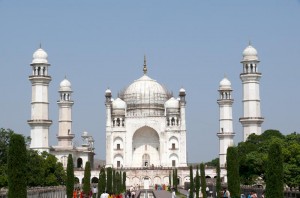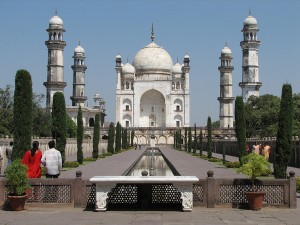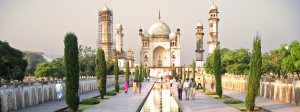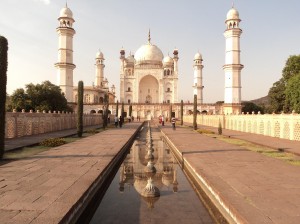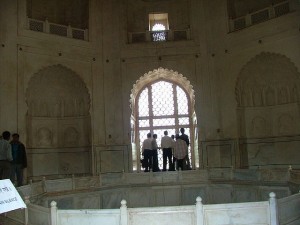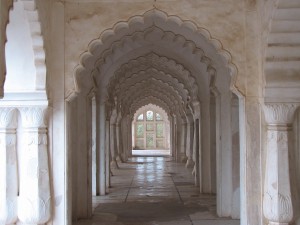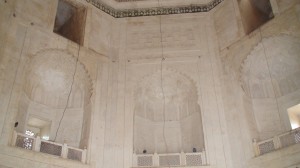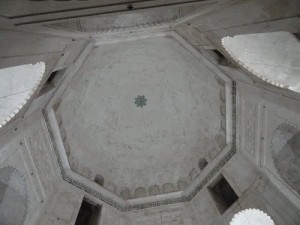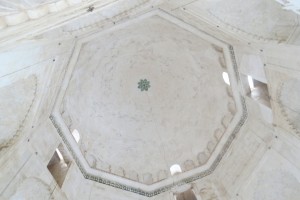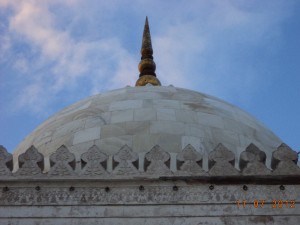Written by Soudip
June 7th 2014Other Places
You Are Here
Home > India > Shaniwar Wada, Pune Historical Facts and PicturesBibi Ka Maqbara Historical Facts and Pictures
Located in the city of Aurangabad, Maharashtra, India, lies the magnificent monument Bibi Ka Maqbara (Tomb of the Lady). It was built in the 17th century by Prince Azam Shah, son of the sixth Mughal Emperor Aurangzeb, as a tribute to his mother Begum Rabia Daurani. The tomb bears an uncanny resemblance to the Taj Mahal of Agra and seems to be inspired from the world famous monument; hence it is also sometimes referred to as the Dakkhani Taj (Taj of the Deccan).
According to the historical inscription “Tarikh Namah” written by Ghulam Mustafa, the mausoleum was designed and erected by the Persian architect Ata-ullah with the help of an engineer Hanspat Rai. The marbles for the mausoleum were hauled on ox driven carts and came from the famous mines of Jaipur with the entire cost of construction during the period amounting to roughly 668,000(INR).
The mausoleum stands in the middle of a huge enclosure measuring approximately 458 m. (north to south)X 275 m. (east to west). The Baradaris or pillared pavilions are located at the centre of the north, east and western part of the enclosure walls. The main entrance of the mausoleum is through its south gate which has splendid floral patterns carved out on brass plates covering the exterior of the wood. The mausoleum is adorned in the typical Mughal Charbagh style that increases its beauty and grandeur through its proportionate and symmetrical patterns and a splendid garden layout.
Bibi Ka Maqbara
Bibi Ka Maqbara Inside
Bibi Ka Maqbara Dome
Bibi Ka Maqbara, like various other Mughal mausoleums, is built over a raised square platform. It has four highly ornamented hexagonal minarets in its four corners which can be approached through a flight of steps on three sides. The grave of Rabia Daurani is placed below the ground level and is surrounded by an octagonal marble screen. The mausoleum is crowned by a dome pierced with trellis works and its panels are decorated with exquisite flower designs. A small mosque was later added to west of the mausoleum, by the Nizam of Hyderabad, which eventually led to the closure of the western entrance.
Category
IndiaWritten by Soudip
June 7th 2014










